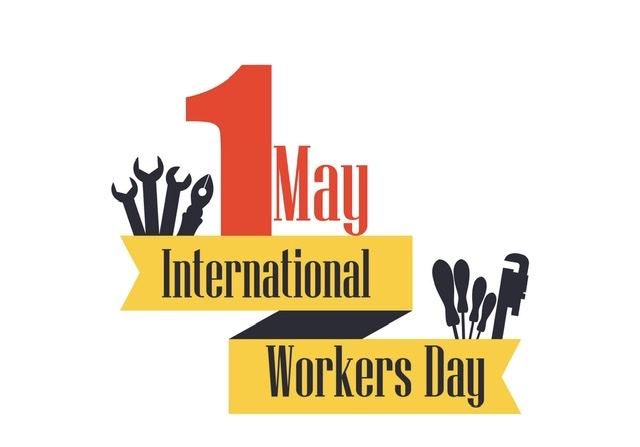NEWS
The history behind international workers’ day

Every year on May 1st, many countries around the world, including Rwanda, celebrate International Workers’ Day commonly known as Labor Day. This day has been marked for over 100 years and is now recognized in more than 80 countries.
The Origin: The Haymarket Affair
International Workers’ Day began with the “Haymarket Affair,” a workers’ protest that took place in Chicago, USA, in 1886. Workers were demanding better conditions, specifically reducing the working day from 12 hours to 8 hours.
According to historical records, when the police tried to break up the protest, an unknown person threw a bomb into the crowd. In the chaos that followed, police fired into the protesters, killing four of them.
How May 1 Became International Workers’ Day
In 1889, during an international workers’ conference held in Paris, France, May 1st was officially declared as International Workers’ Day.
This conference was organized to mark the 100th anniversary of the French Revolution and coincided with an international exhibition showcasing advances in technology, science, and art.
At the conference, labor rights activist Raymond Lavigne proposed that every May 1st should be dedicated to honoring the workers killed in Chicago, while also continuing the fight for better working conditions.
During the 19th century, rapid industrialization led factory owners to exploit workers in the pursuit of profit. The workers’ movement sought to defend their rights against such abuses.
By 1891, May 1st was firmly established as a day for workers worldwide.
Workers’ Day Around the World
The day became especially significant in countries with socialist and communist influences. In 1904, at another international socialist meeting in Amsterdam, parties were encouraged to organize demonstrations every May 1st to push for the eight-hour workday.
It became a tradition for workers to strike on May 1st where possible peacefully and without harming their own welfare.
In many countries, workers’ unions successfully lobbied for May 1st to be made an official public holiday, in memory of those who died fighting for labor rights.
Today, grand celebrations take place in countries like China, North Korea, Cuba, and Russia.
Why the U.S. and Canada Celebrate Labor Day in September
In the United States and Canada, however, Labor Day is celebrated in September. After the violence of the Haymarket Affair, U.S. President Grover Cleveland feared that celebrating on May 1st would remind people of the deadly clash between workers and police. To avoid this, he moved the holiday to September.
International Workers’ Day in Rwanda
In Rwanda, May 1st is a legal public holiday. Workers are given the day off, and in many organizations, the best-performing employee of the year is recognized and rewarded for their efforts.
